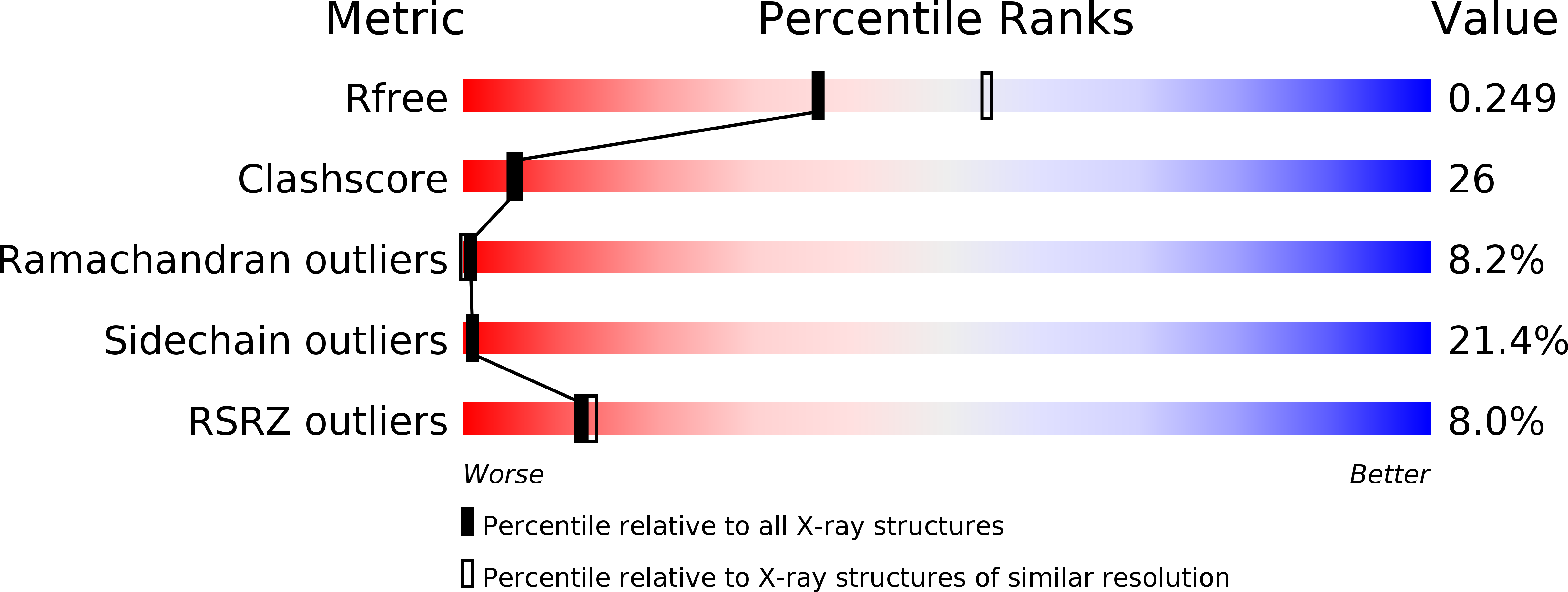
Deposition Date
2004-06-23
Release Date
2004-08-31
Last Version Date
2024-02-14
Entry Detail
PDB ID:
1TTW
Keywords:
Title:
Crystal structure of the Yersinia Pestis type III secretion chaperone SycH in complex with a stable fragment of YscM2
Biological Source:
Source Organism:
Yersinia pestis (Taxon ID: 214092)
Host Organism:
Method Details:
Experimental Method:
Resolution:
2.38 Å
R-Value Free:
0.29
R-Value Work:
0.24
R-Value Observed:
0.24
Space Group:
P 61 2 2


